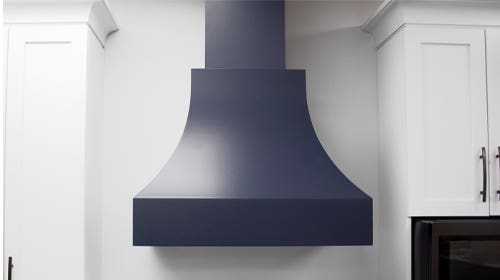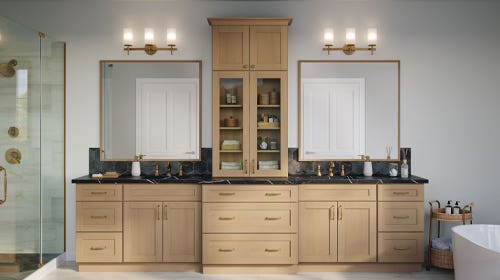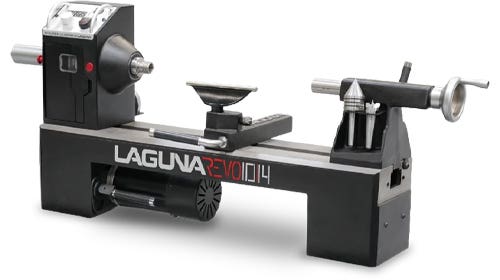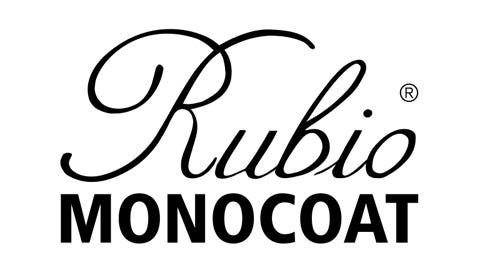Eastern red cedar sales increase for some
Woodshop News last wrote about Eastern red cedar in June 2003, more than seven years ago. When calling back some of the contacts for that story, mainly mills, it was…
Woodshop News last wrote about Eastern red cedar in June 2003, more than seven years ago. When calling back some of the contacts for that story, mainly mills, it was discovered that several have closed. Conversely, several mills and dealers have actually seen their businesses grow. It does appear that for some wood dealers who focus on specific species, the last several years have become a matter of survival of the fittest.
{loadposition position10}
"We've changed gears completely from being a major provider to one company, then not providing them with anything, to becoming one of the biggest custom mills in the U.S. as far as red cedar goes," says Richard Newton of Eastern Red Cedar Products in Marengo, Ill.
"We sell a lot of specialized sawdust that goes into kitty litter. We grind a lot of our whole lumber that is made into stringy mulch. We do a lot of post peeling with a German-style peeler. We sell a good bit of 2", 3" and 4" [lumber] to furniture makers. We sell a fair amount of 4/4 that goes into caskets, tongue and groove - usually 2,000 sq. ft. or less - for someone who might be doing a closet. We also sell a fair amount of privacy fencing."
Eastern red cedar (Juniperus Virginiana), also referred to as aromatic red cedar, pencil cedar, Eastern cedar and Tennessee red cedar, is known for its fragrance and pinkish-red heartwood. For many years, Eastern red cedar was used extensively as the wood in pencils, but supplies in states such as Virginia and Tennessee dwindled and incense cedar (Calocedrus decurrens) replaced it.
Eastern red cedar should not be confused with Western red cedar (Thuja plicata), which is a completely different species. Eastern red cedar's growth area has extended to the Midwest in states such as Oklahoma, Kansas and Texas. And ironically, despite its name, it is not a true cedar.
The slow-growing tree reaches heights between 20' and 50' with maximum diameters of 2' to 3'. Eastern red cedar trees have been known to live for 300 years. The heartwood is a stunning pink that turns to a reddish-brown as the wood ages. The thin sapwood is creamy white.
"I actually have stock which is perfectly clear with no knots, but it always has a certain amount of sapwood in it," says Myles Gilmer, owner of Gilmer Wood Co. in Portland, Ore. "You always used to walk into people's shops and they would have lots of that stuff. They would run it into closet paneling, moldings and drawer sides and stuff. But you don't see very much of it any more. It is kind of a shame."
Eastern red cedar produces an aroma that is believed to repel moths, although that point has been much debated of late. The oil in the wood is the source of the wood's unmistakable smell and is used for medicinal purposes and perfumes.
"It is a dream to work with. It mills real nicely and, of course, it is soft so it sands especially fast," adds Gilmer.
There is no real grading system for Eastern red cedar. Some dealers label their stock as No. 1, No. 2 and No. 3, which basically equates to the good, the bad and the ugly. Premium 4/4 stock is generally available in widths of 5-1/2" to 8" and lengths of 6" to 10", retailing for $1.45 to $1.75/bf.
This article originally appeared in the February 2011 issue.







